China : Unmatched Growth and Innovation
China holds a commanding 30.0% share of the APAC graphene market, valued at approximately $1.5 billion in 2024. Key growth drivers include substantial investments in R&D, a robust manufacturing base, and increasing demand from electronics and energy sectors. Government initiatives, such as the Made in China 2025 plan, promote advanced materials, while infrastructure development in cities like Shenzhen and Beijing supports industrial growth. Regulatory policies are increasingly favorable, encouraging innovation and commercialization of graphene applications.
India : Innovation and Demand Surge
India's graphene market accounts for 10.5% of the APAC share, valued at around $500 million in 2024. The growth is driven by rising demand in sectors like automotive, electronics, and healthcare. Government initiatives, such as the National Policy on Electronics, aim to boost manufacturing capabilities. The increasing focus on sustainable materials and energy-efficient solutions is also notable, with significant investments in infrastructure and research facilities across states like Maharashtra and Karnataka.
Japan : Strong R&D and Industrial Applications
Japan holds an 8.0% share of the APAC graphene market, valued at approximately $400 million in 2024. The market is propelled by strong R&D investments and a focus on high-tech applications in electronics and materials science. Government support for innovation, particularly in Tokyo and Osaka, fosters collaboration between academia and industry. Regulatory frameworks are conducive to research, while local companies are increasingly adopting graphene for applications in batteries and coatings, enhancing product performance.
South Korea : Strong Industrial Base and R&D
South Korea captures 7.5% of the APAC graphene market, valued at about $350 million in 2024. The growth is fueled by advancements in electronics, automotive, and energy storage sectors. The government’s Green New Deal promotes sustainable technologies, while cities like Seoul and Incheon are hubs for innovation. Major players like Samsung and LG are investing in graphene research, creating a competitive landscape that emphasizes high-performance applications in consumer electronics and renewable energy.
Malaysia : Government Support and Innovation
Malaysia's graphene market represents 4.0% of the APAC share, valued at around $200 million in 2024. The growth is driven by government initiatives aimed at promoting advanced materials and sustainable technologies. The Malaysian Investment Development Authority supports R&D in graphene applications, particularly in electronics and construction. Key markets include Kuala Lumpur and Penang, where local companies are exploring innovative uses of graphene in coatings and composites, enhancing product durability and performance.
Thailand : Emerging Applications and Investments
Thailand accounts for 3.0% of the APAC graphene market, valued at approximately $150 million in 2024. The market is gaining traction due to increasing interest in advanced materials for automotive and electronics sectors. Government policies promoting innovation and sustainability are encouraging investments in R&D. Key cities like Bangkok and Chonburi are becoming centers for graphene research, with local firms exploring applications in energy storage and lightweight materials, enhancing competitiveness in the region.
Indonesia : Focus on Sustainable Solutions
Indonesia holds a 2.0% share of the APAC graphene market, valued at around $100 million in 2024. The growth is driven by rising demand for sustainable materials in construction and energy sectors. Government initiatives aimed at promoting green technologies are fostering interest in graphene applications. Key markets include Jakarta and Surabaya, where local startups are beginning to explore graphene's potential in various industries, although the market is still in its nascent stages compared to other APAC regions.
Rest of APAC : Emerging Markets and Innovations
The Rest of APAC accounts for 2.2% of the graphene market, valued at approximately $110 million in 2024. This segment includes various countries with emerging interest in graphene applications across sectors like healthcare, electronics, and materials science. Government support for innovation and sustainability is gradually increasing, with local firms exploring niche applications. Countries like Vietnam and the Philippines are beginning to invest in graphene research, creating a diverse landscape of opportunities for growth and collaboration.
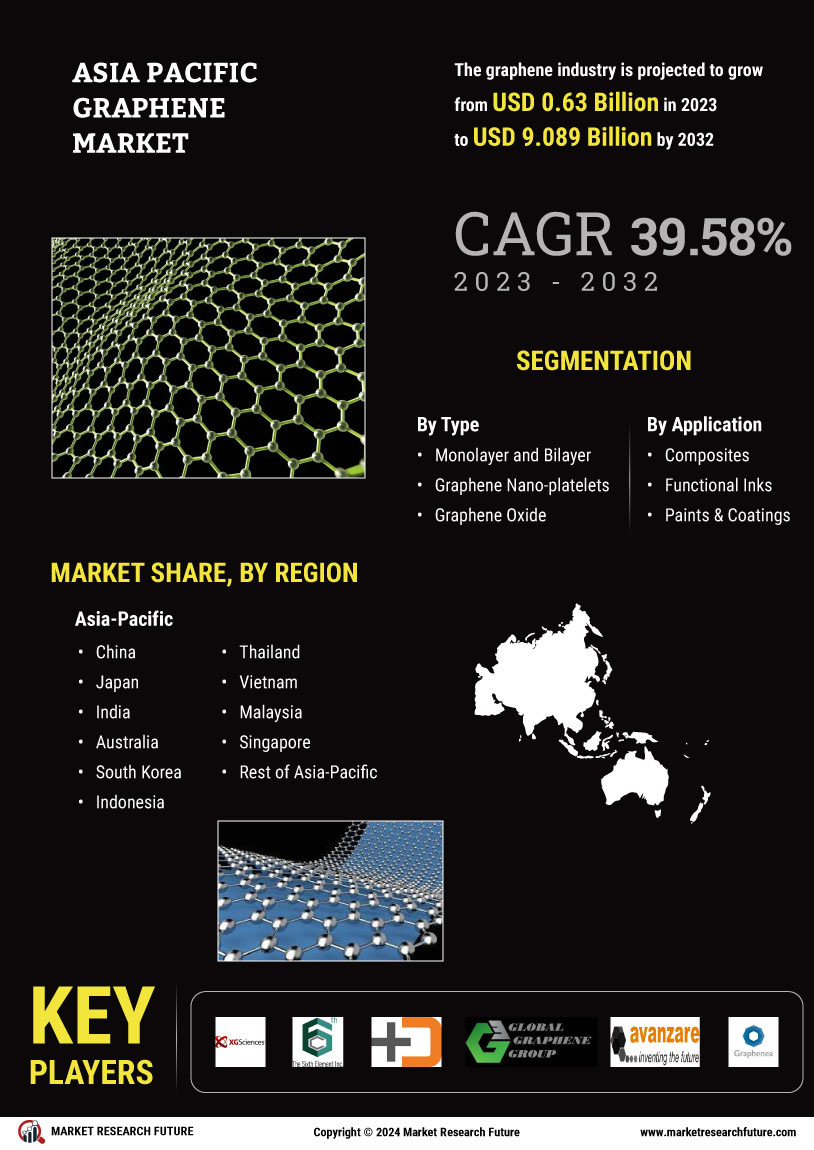

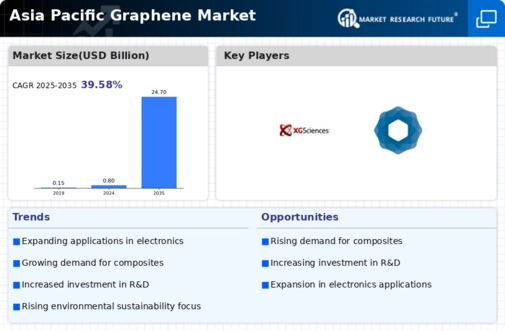
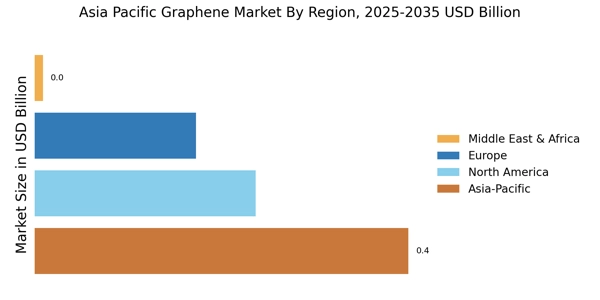
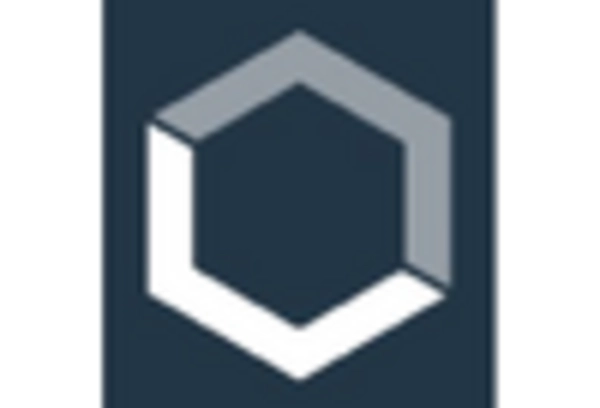
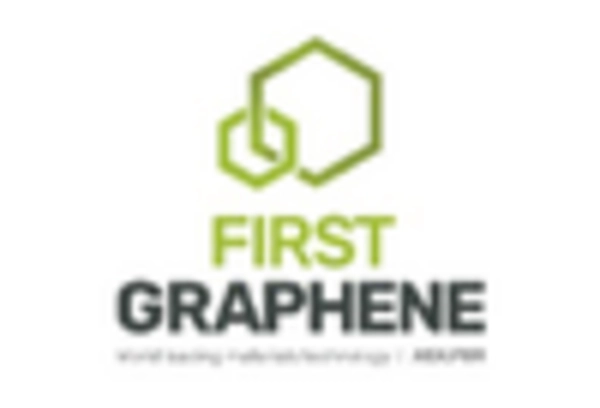
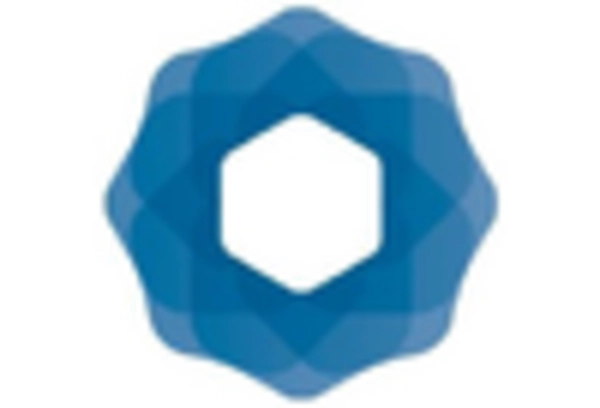











Leave a Comment